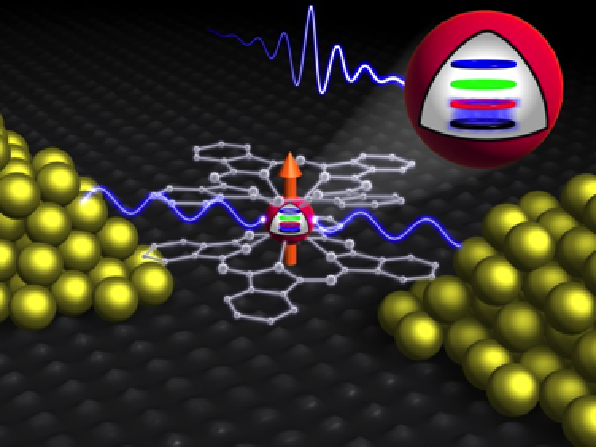(Nano Telecommunication) Use of audio signals to identify attractive molecular activity ((interaction) or (active orbit)) (PhD Nano _ Microelectronics)
Researcher and author: Dr. ( Afshin Rashid)
Note: The use of audio signals to identify molecular activity (interaction) or (active orbit) is attractive. In nanocommunication and interaction with electronic nanoparticles based on carbon nanotubes, the sensitivity of signal recognition may be increased through the production of controllable noise.
These carbon nanotube-based nanocommunications show that it is possible to identify individual molecules through their unique noise particles in current nanocommunication signals. Improved knowledge of molecular origin and interaction with electronic nanoparticles based on noise nanotubes should lead to the development of electronics that use noise to improve their performance instead of destroying it. Regarding the communication structure between two nanoparticles through chemical signaling, their measurement performance requires that they be placed in an environment from which parameters must be measured, and the area covered by a nanoparticle is limited to the environment. Is around it. This is while a network of nanoparticles communicates It can cover a wider area and perform more network processing . In addition, there are several nanocommunication technologies that require the use of external excitation and measurement to work. Wireless communication between the nano-network and micro and macro devices and equipment can meet this need.
In nano-telecommunications , different molecules give unique sound signals in relation to the properties of the molecules. The power of interaction between carbon nanotubes and molecules arises from noise signals. In nanocommunication, the interaction with electronic nanoparticles based on carbon nanotubes changes the signal produced by the carbon nanotube device following the adsorption of specific single molecules. This is because the adsorbent molecule creates a trap in the carbon nanotube, which conducts it. In a molecular telecommunication system, the transmitter sends information by chemical molecules called information molecules, and after propagation in the environment, it is received by the telecommunication receiver and decoded. Telecommunication theories play a special role in modeling, analyzing and designing molecular telecommunication systems.
Conclusion :
The use of acoustic signals to identify molecular activity (interaction) or (active orbit) is attractive. In nanocommunication and interaction with electronic nanoparticles based on carbon nanotubes, the sensitivity of signal recognition may be increased through the production of controllable noise.
Researcher and author: Dr. ( Afshin Rashid)
PhD in Nano-Microelectronics






